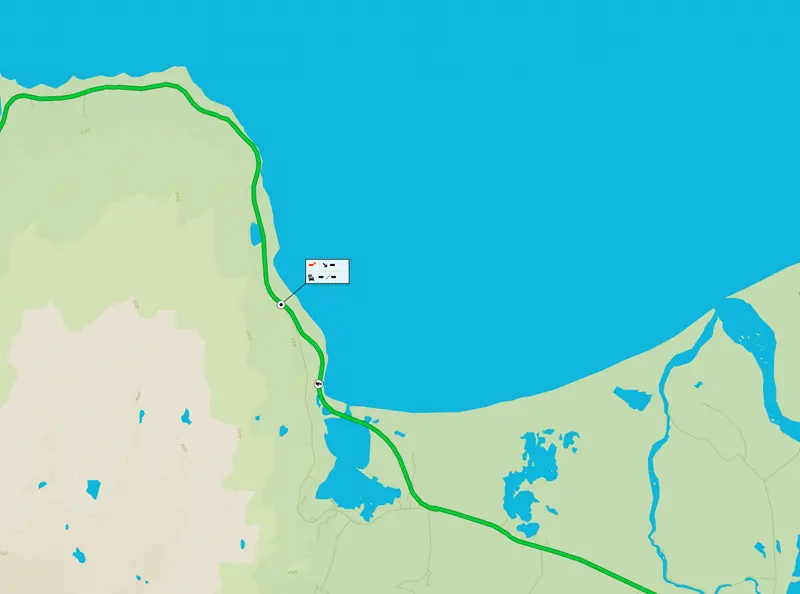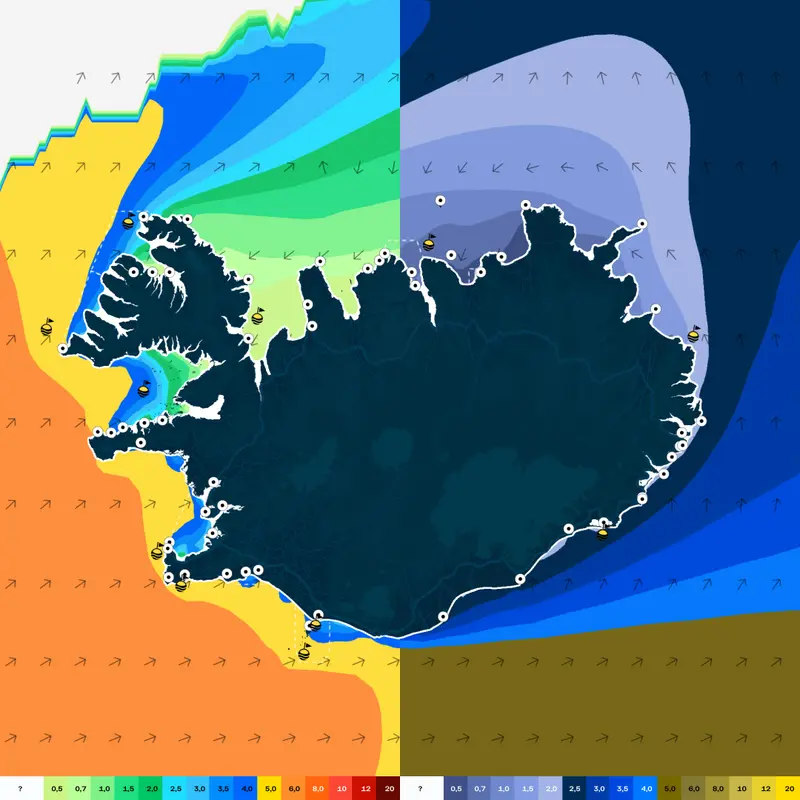PDF · Útgáfa ITÍ0313/HTD13 — nóvember 2003Samsetning svifryks
The objective of the project was to develop a method or measuring process to determine
the composition of airborne particulate matter. For this purpose, both physical and
chemical analysis were performed and multivariate calculations used to identify or
simulate the mass fractions of each source material in real samples of particulate matter.
Several source materials were selected, soil, asphalt, soot, brake lining and salt. The
method successfully produced estimates for the composition of PM10 winter samples
collected in Reykjavik city. Traffic related material is dominating the winter samples but
soil, originating from soil erosion, does have a strong impact on the airborne pollution.
The average combination for the ambient PM10 samples was found to constitute of
asphalt 55%, soil 25%, soot 7%, salt 11% and brake lining around 2%. On the most
problematic days when the PM10 concentrations in ambient air are above limit values set
in regulations, asphalt is almost 60% of the total PM. Soil and asphalt are seen in higher
concentrations in coarse fraction, PM2,5-10 while soot is detected in larger amount in the
fine fraction, PM2,5. A comparison between wet and dry days indicates that asphalt is
strongly dominating dry days while soot and salt are seen in fairly high concentrations on
wet days. There is an indication for a source of PM in summers that is not detectable by
the source samples used in this modelling. It is suggested here that pollen and spores
might be relevant sources not taken into account in the modelling at hand.

Samsetning svifryks












